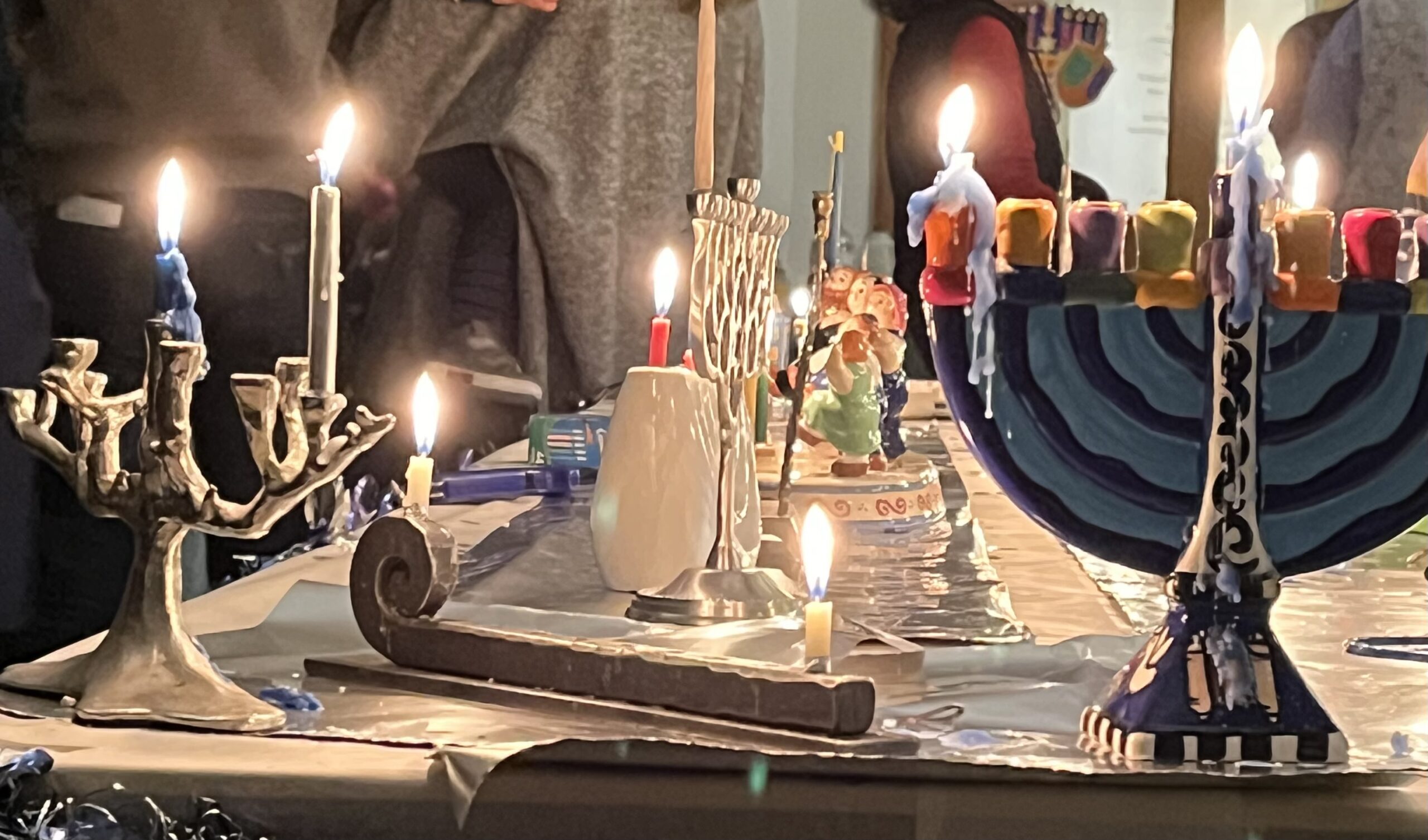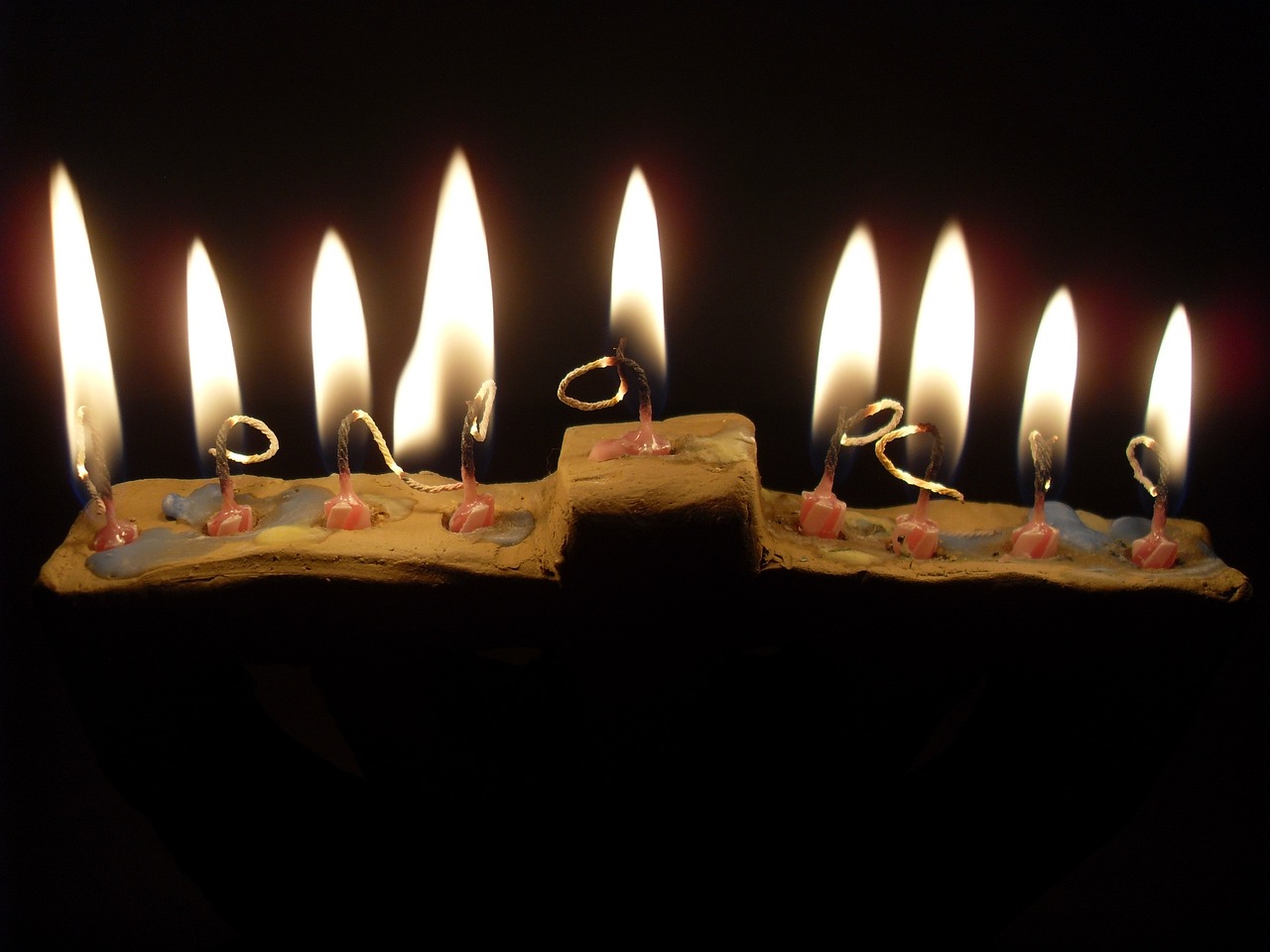In ancient times, two witnesses had to confirm the appearance of the new moon. The exact day of this appearance was crucial because the new moon would determine when the month began and when that year’s festivals would fall. The Mishnah (the earliest Jewish legal code, 200 CE) reports that two witnesses would report that they had sighted the new moon to a court of judges in Jerusalem. These judges would examine the witnesses carefully to make sure their testimonies were identical, and then confirm that the new moon had indeed appeared (Mishnah Rosh haShanah 2:6). In order to quickly transmit this knowledge to the far-flung Jewish community, bonfires were lit on hilltops around Jerusalem. Each community that saw the fires burning would light its own bonfire. Thus the news would pass from mountain to mountain and town to town, until all the Jews knew it was Rosh Chodesh, the new moon.
Some modern Rosh Chodesh groups, in remembrance of this custom, begin their rituals in the following way: After everyone in the group has been given an unlit candle, a single participant lights her candle from a central flame. Then she passes the flame to the next person in the group, until all the candles are lit. Through this ritual, we recall both the ancient bonfires of the Jewish people and the light of hope and warmth that we pass from one person to another.
The Sourcebook for “Rosh Hodesh: It’s A Girl Thing!” offers this ritual as one suggestion for how to begin the group meeting. Many others use a similar ceremony. This ritual brings light and a sense of sacredness to the beginning moments of a Rosh Chodesh gathering and is a way to begin teaching about the ancient origins of the new moon festival.












